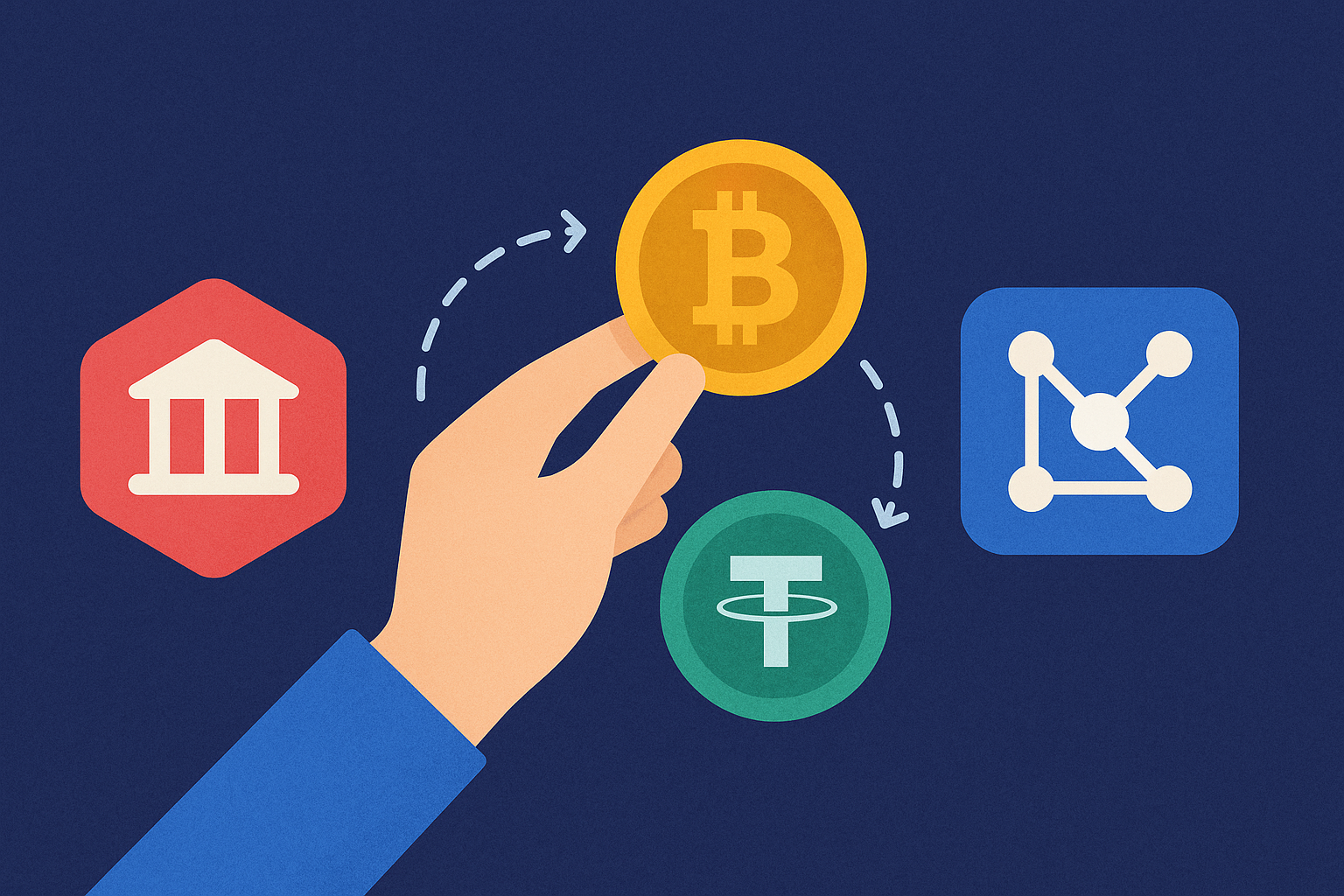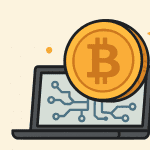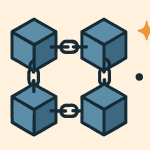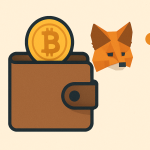If you’re new to crypto, you may have heard the term DEX or decentralized exchange. But what does it mean, and how is it different from a regular exchange like Binance or Coinbase?
In this beginner-friendly article, we’ll explain what a DEX is, how it works, and why people use it — all in simple, easy-to-understand language.
Contents
What Is a DEX?
A decentralized exchange (DEX) is a place where people can trade cryptocurrencies directly with each other, without a middleman or central authority.
Unlike traditional exchanges (called CEXs, or centralized exchanges), a DEX doesn’t hold your money, ask for your ID, or control your funds. Instead, you trade from your own wallet using smart contracts on a blockchain.
Key Features of a DEX
✅ No registration required
✅ No KYC (Know Your Customer)
✅ Full control of your crypto
✅ Built on blockchain networks
✅ Uses smart contracts to manage trades
With a DEX, you stay in control of your crypto at all times.
Examples of Popular DEXs
-
Uniswap – Built on Ethereum, one of the most well-known DEXs.
-
PancakeSwap – Built on Binance Smart Chain (BSC), popular for low fees.
-
SushiSwap – A fork of Uniswap with extra features.
-
1inch – A DEX aggregator that finds the best prices across many DEXs.
-
Curve – Focused on stablecoin trading with low slippage.
Each DEX has its own features and supported networks.
How Does a DEX Work?
A DEX works using liquidity pools and smart contracts.
Step-by-Step:
-
Connect your crypto wallet (like MetaMask, Trust Wallet, or Coinbase Wallet).
-
Choose a token to swap (e.g., ETH to USDC).
-
The DEX finds the price using a liquidity pool (a collection of user-deposited tokens).
-
Approve the transaction in your wallet.
-
Swap happens instantly, and you get the new token in your wallet.
Everything happens on-chain, without any human control.
What Are Liquidity Pools?
Liquidity pools are the heart of most DEXs. They are pools of tokens added by other users (called liquidity providers) so that people can trade any time.
For example, a USDC/ETH pool means you can swap USDC to ETH — and vice versa — using the tokens in the pool.
Liquidity providers earn fees for each trade, making it a way to earn passive income in crypto.
DEX vs CEX: What’s the Difference?
| Feature | DEX | CEX |
|---|---|---|
| Account Needed | No | Yes |
| KYC Required | No | Yes |
| Who Holds Funds | You (wallet) | Exchange |
| Control | Decentralized (code) | Centralized (company) |
| Speed & UI | Slower, less user-friendly | Fast, beginner-friendly |
| Examples | Uniswap, PancakeSwap | Binance, Coinbase |
DEXs give you more freedom, but also more responsibility.
Pros of Using a DEX
✅ Full control of your crypto
✅ No need to trust a company
✅ Access to a wide range of tokens (including new or rare tokens)
✅ More private (no sign-up or personal data)
✅ Earn fees by providing liquidity
Cons of Using a DEX
❌ You pay gas fees (especially on Ethereum)
❌ Less beginner-friendly interface
❌ You’re responsible for security (lost wallet = lost funds)
❌ Risk of fake or scam tokens if you’re not careful
Safety Tips for Beginners
-
Always double-check token names and contract addresses.
-
Only use trusted DEX platforms.
-
Be careful with high slippage or tokens with low liquidity.
-
Don’t share your seed phrase or private keys.
-
Start small when learning.
Final Thoughts
A decentralized exchange (DEX) lets you trade crypto safely and directly, without needing a bank or centralized company. While it may feel confusing at first, using a DEX gives you more freedom and control.
If you’re ready to dive deeper into DeFi and want to try real crypto trading from your own wallet, learning how to use a DEX is a great first step.




